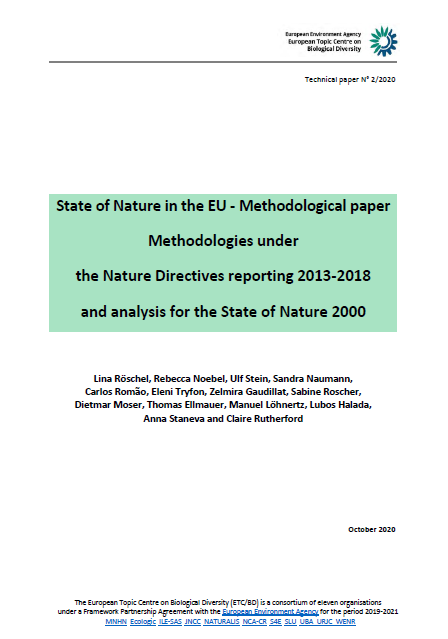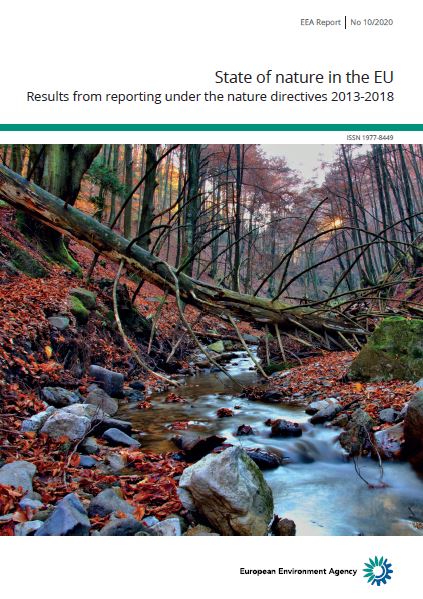Circular Economy and Biodiversity
ETC CE Report 2023/7
- Publication
- Citation
Günther, Jens et al. 2023: Circular Economy and Biodiversity. ETC CE Report 2023/7. European Topic Centre on Circular economy and resource use.
This report analyses how a circular economy can contribute to halting biodiversity loss. It concludes that while circular economy measures (directly and indirectly) contribute to meeting biodiversity and climate strategic objectives, the combination with biodiversity-friendly sourcing is crucial in order to halt biodiversity loss. It provides the detailed analysis underpinning the EEA briefing "The benefits to biodiversity of a strong circular economy – European Environment Agency (europa.eu)".
The world is facing a triple planetary crisis consisting of climate change, biodiversity loss, and pollution, which pose a major challenge to human health, well-being and prosperity for present and future generations. One of the main reasons for this is our current production and consumption system. Consequently, the entire production and consumption system and the entire value chain of products and services must be considered to minimise those unsustainable levels. Circular economy aims to transform our economy from the current mostly linear take-make-waste model towards a closed-loop model. In doing so, a circular economy can minimise the use of materials and energy, while reducing environmental pressures.
The report concludes that, in addition to reducing our demand for raw materials and avoiding waste and emissions, it is also necessary to introduce regenerative production processes at all stages of the product value chain. For this reason, an adapted circular economy framework is proposed, which integrates regeneration as an underlying principle: the biodiversity -inclusive circular economy, with 3 core principles:
- reduce resource use
- prevent waste and pollution
- biodiversity-friendly sourcing
This can be linked to the R-frameworks by adding a fourth underlying boundary condition 'Regenerate' to the traditional hierarchy of 'Reduce', 'Longer use' and 'Recycle' so the bioeconomy is explicitly considered.

